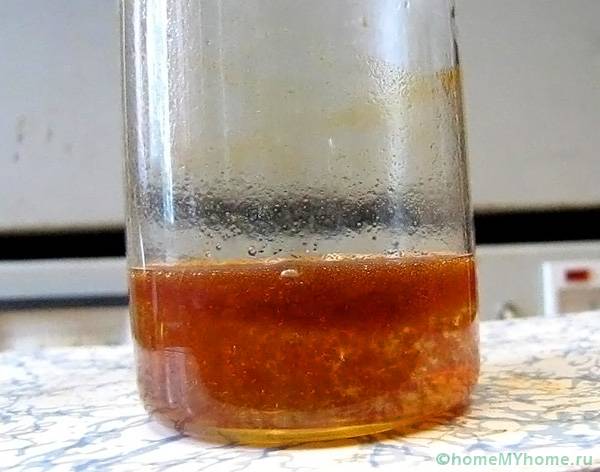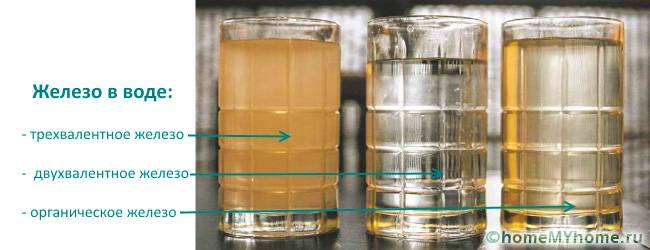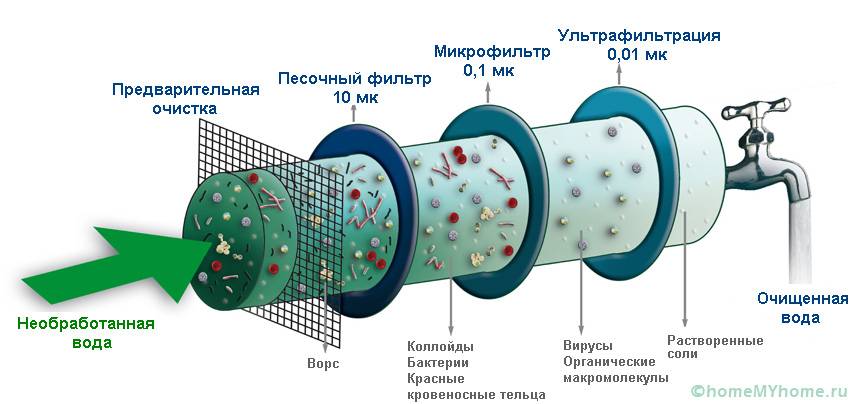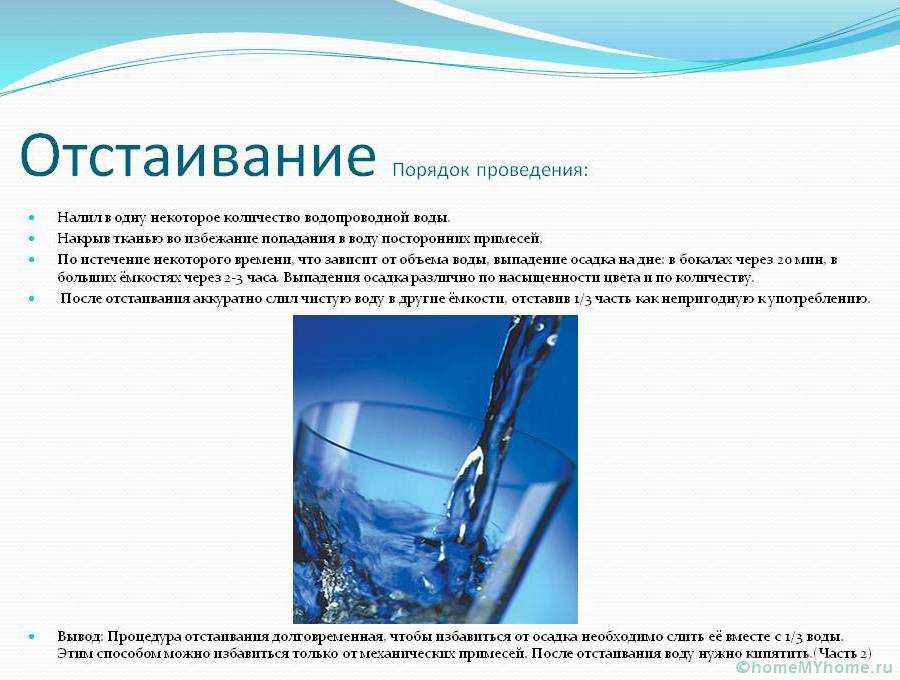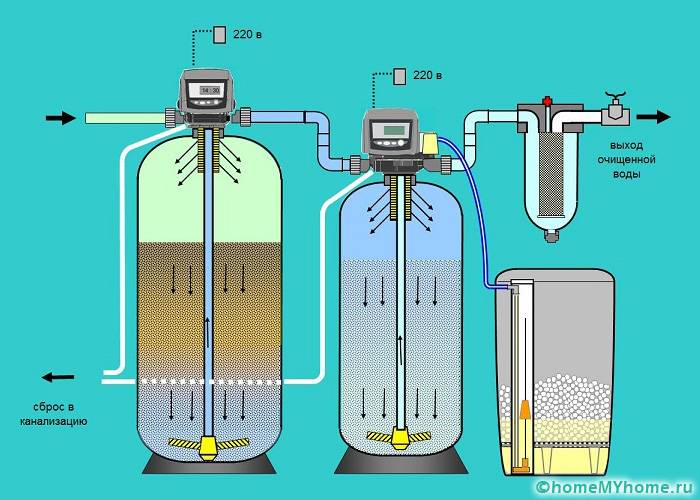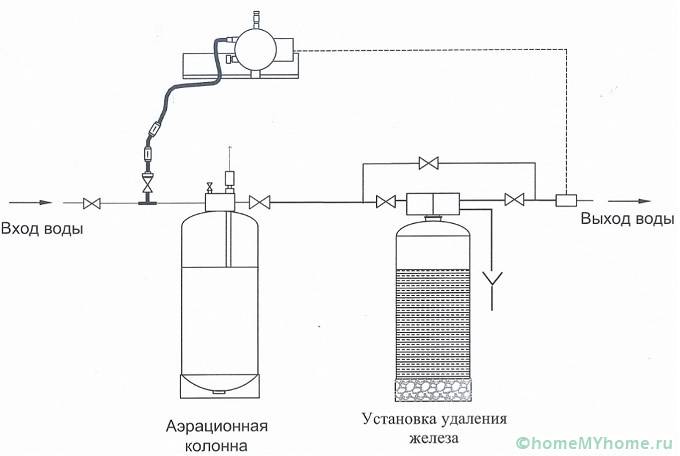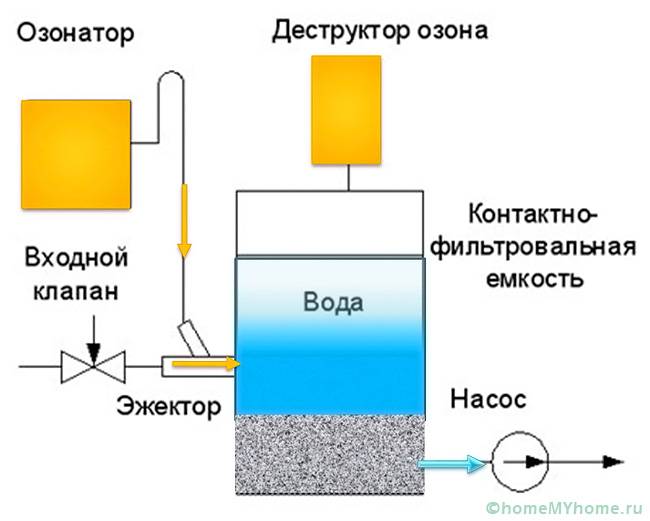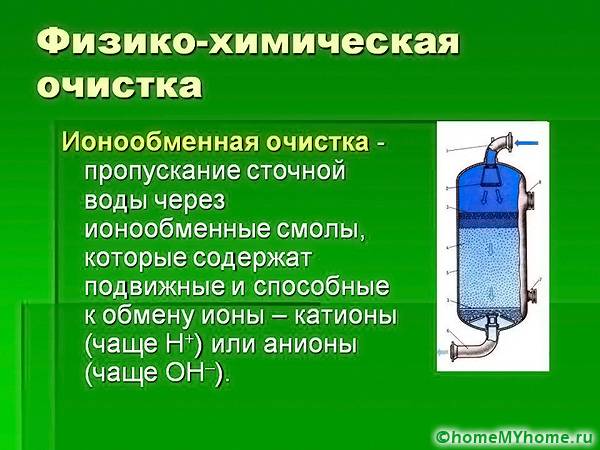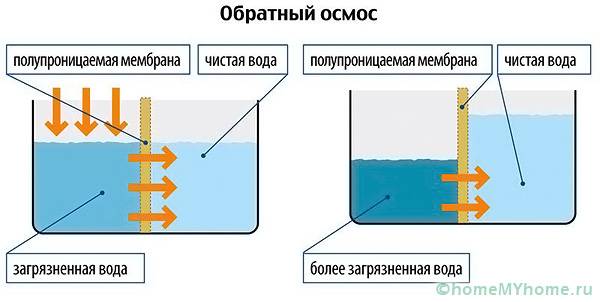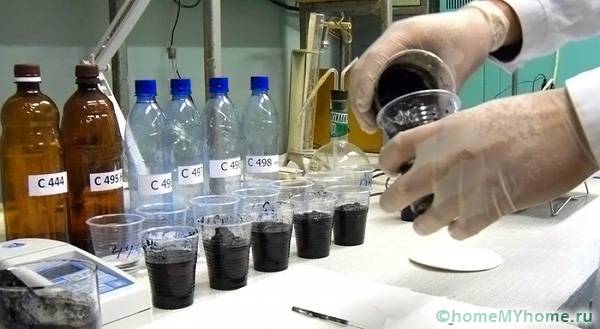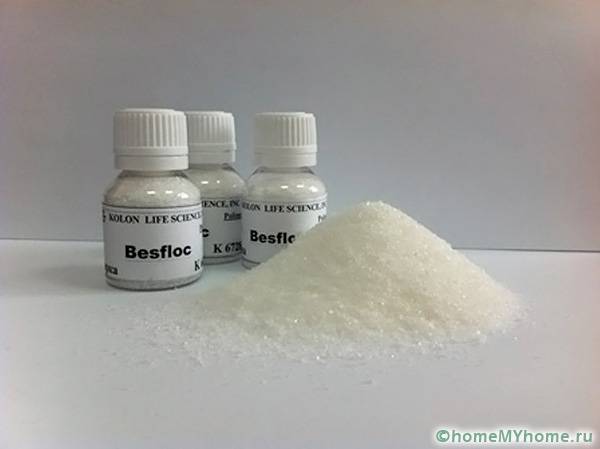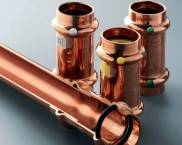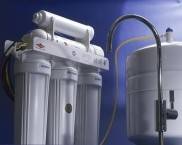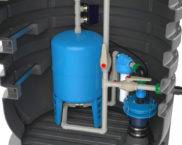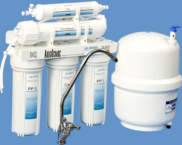Purification of water from a well from iron: methods and useful recommendations
Of great importance is the purification of water from the well from iron, which not only improves the quality of drinking water, but also contributes to the preservation of the cleanliness of plumbing, and also extends the life of household equipment. The technique of getting rid of iron impurities is selected taking into account certain indicators. This is influenced by the composition of the water, as well as the volume of consumption, technical and financial capabilities.

Various treatment facilities help to achieve perfect cleanliness of liquid from the well, even at home
The content of the article
Types of iron and its compounds in various sources
Removing iron from water from a well or other source is considered a complex process. Before proceeding with it, it is recommended to better study the features of the flow of fluid and the type of iron.
The following types of water sources can be used in the water supply system:
- wells fill surface water;
- fluid from sandy layers is produced using a well;
- deeply buried artesian waters, which are in calcareous layers.

To extract artesian water, you will need to install sophisticated equipment for a well, in addition, when it is arranged, you will need a special permit
Surface sources contain organic iron in the form of humates, which is difficult to remove. The total amount of this substance is not too large, but in some cases it may exceed the permissible concentration. There is also a little iron in the waters of the sandy layer, as well as in the surface layers.
Artesian waters are considered the safest, as less toxic substances get into the deep layers.But at the same time, the liquid is in contact with certain types of soil, from which iron salts penetrate.
Helpful information! Iron impurities can be present in water in two forms. Ferrous iron, which dissolves entirely in liquid. It is present mainly at significant depths, since oxygen does not penetrate there. Insoluble or trivalent can be found in the groundwater closest to the surface. The particles are transformed into sediment. This creates a favorable environment for various bacteria.
The main signs of the presence of iron
Before purifying water from iron from a well in a country house to drinking water, it is necessary to find out if there is iron in its composition. To do this, leave the water in an open container for some time.
When in contact with oxygen, oxidation occurs. As a result, a brownish sediment appears. A yellowish or brownish tint in the water is an indication of the presence of ferric iron. After settling on the bottom of the tank, sediment falls and the water becomes lighter. At higher concentrations, the water will smell like iron.
Helpful information!The presence of bacterial iron in the composition is evidenced by the appeared film of iridescent color on the water surface.
Purification of water from a well from iron: basic methods
Water purification from a well in a country house before drinking can be carried out in various ways. The choice of the appropriate technique depends entirely on the composition of the impurities and on the volume of total consumption.
Water purification should take place in several stages:
- purification from coarse impurities: sand, clay and mechanical particles. For this, sedimentation tanks and coarse filters;
- removal of iron, magnesium and other chemical components;
- softening the liquid, that is, getting rid of salts is performed;
- disinfection, as a result of which bacteria and microorganisms are removed;
- cleansing to a drinking state.
Upholding
The easiest way is to stand. To carry out cleaning, you will need a tank that holds the daily volume of consumed liquid. When you turn off the water, you can use the stored supplies.
This method has many disadvantages. This is not a complete cleaning and the need for frequent flushing of the tank from sediments.
Aeration
Aeration is a system for purifying water from iron, in which a liquid medium comes into contact with oxygen. In the process, dissolved iron particles are oxidized to an insoluble state and settle down.
The following types of aeration method are distinguished:
- The non-pressure method is carried out using sprayers through which the liquid enters the tank. Also, for a better result, a compressor is installed in the structure;
- with the pressure method, water is supplied under pressure. In this case, the liquid foaming occurs, which contributes to better contact with air.
Helpful information! This method allows you to remove not only iron, but also hydrogen sulfide. This process is environmentally friendly, as there is no need to use reagents.
Ozonation plants
Purification is carried out using active oxidants. It can be chlorine or ozone. Chlorination is considered very harmful and is therefore less and less used. Ozonation is a safer method.
Some types of impurities can be removed by applying complex measures.This technology is considered complex due to expensive equipment and the need for accurate calculations.
Related article:
Ion exchange method
The ion exchange method requires special filters to remove iron from water. They can be mounted in a structure under sink... The filter is made of artificial resin, which contains free ions. When water gets in, the ion molecules swap places with the iron molecules.
Reverse osmosis
Reverse osmosis is considered one of the most effective methods. This method involves the use of filters that can trap impurities at the molecular level. This method helps to remove even dissolved components. To make the result better, mechanical filters are used, through which water passes before the main cleaning.
So that the water does not completely lose nutrients, special mechanisms for mineralization are installed. Such a membrane is designed to cleanse the liquid from harmful bacteria and salts. This method should be attributed to the most expensive.
Helpful information! There are several types of cleaning membranes. These are ultrafiltration devices, as well as micro and nanofiltration plants.
The use of catalysts and reagents for purifying water from a well in a country house before drinking
In industrial conditions, it is often used to purify water from a well from iron using various reagents. Such techniques require additional filtration and additional purification to remove chemical compounds.
In devices in large industries, water purification can be carried out using manganese or slaked lime. Sodium hypochlorite is often used in a country house. The principle of operation of the cleaning components is to react with dissolved iron, which forms a precipitate.
The use of a variety of catalysts allows for faster cleaning processes. This method is carried out by passing water through special filtering installations in which material with catalytic characteristics is embedded. Such materials must have a porous structure to be effective.
Well water can be cleaned efficiently even at home. In this case, it is worth choosing a less costly and effective method.
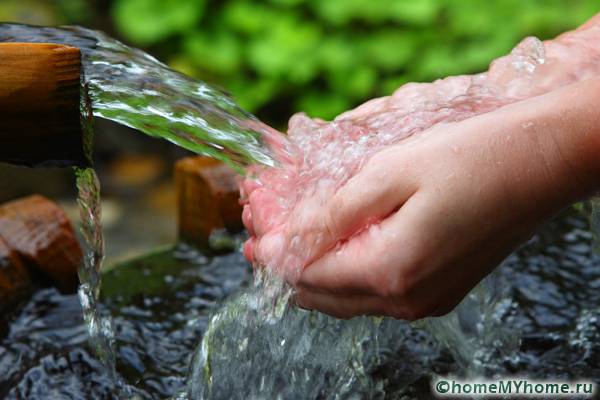
There are many affordable and high-quality methods for obtaining purified water without iron impurities.
Video: removal of hydrogen sulfide and iron






